How to Paint a Realistic Landscape with Watercolor Washes
If you are an artist, painting a realistic landscape with watercolor washes can be a rewarding experience. Watercolor washes are a technique used to create a gradient of colors on paper, which can be used to create a variety of effects. When painting a landscape with watercolor washes, the aim is to create a realistic representation of a natural scene.
Why Paint a Realistic Landscape with Watercolor Washes?
Painting a realistic landscape with watercolor washes has several benefits. Firstly, it can be a relaxing activity that allows you to escape from the stresses of everyday life. Secondly, it can help you to develop your artistic skills, particularly in the areas of color theory and composition. Thirdly, it can be a great way to connect with nature and appreciate the beauty of the natural world.
Watercolor washes are particularly well-suited to painting landscapes because they can capture the fluidity and movement of natural scenes. By using a variety of colors and techniques, it is possible to create a realistic representation of a landscape that captures the essence of the scene.
In this article, we will explore the techniques and tools you will need to paint a realistic landscape with watercolor washes. We will also provide step-by-step instructions on how to create a beautiful landscape painting that you can be proud of.
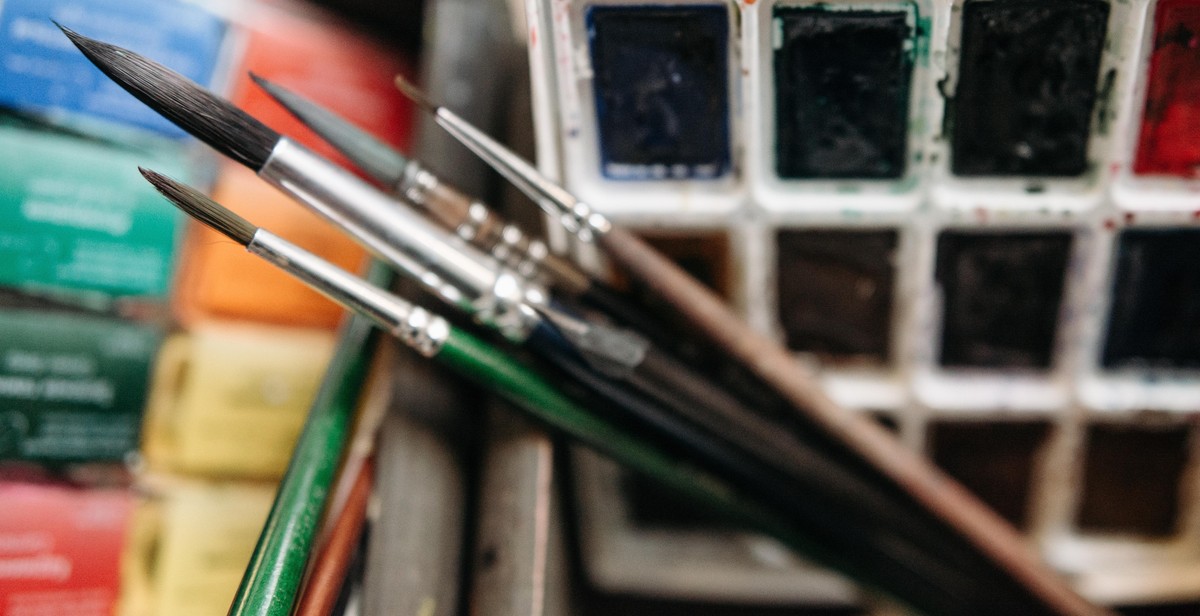
Materials Needed
Before you begin painting a realistic landscape with watercolor washes, it’s important to have all the necessary materials at hand. Here are the materials you’ll need:
Watercolor Paints
The first and most important material you’ll need for this project is watercolor paints. You can choose any brand of watercolor paints, but it’s recommended to use high-quality paints to achieve the best results. Make sure to have a range of colors that will help you create a realistic landscape.
Watercolor Paper
Watercolor paper is specially designed to absorb water and hold the paint without warping or tearing. It’s important to choose the right type of paper for your project. Cold-pressed watercolor paper is the most commonly used type for painting landscapes. Make sure to choose paper that is acid-free and has a weight of at least 140lb to ensure it can handle the water and paint.
Paint Brushes
Paint brushes are important for applying the paint to the paper. It’s recommended to have a variety of brush sizes, including small, medium, and large. Natural hair brushes are best for watercolor painting, but synthetic brushes can also work well. Make sure to have a clean and dry brush for each color you use to prevent color contamination.
Water
Water is essential for watercolor painting. You’ll need water to wet the paper, dilute the paint, and clean your brushes. It’s recommended to use clean and cold water for painting. Make sure to have a container of water nearby that you can easily access while painting.
By having all these materials ready, you’ll be able to paint a realistic landscape with watercolor washes with ease and achieve the desired results.
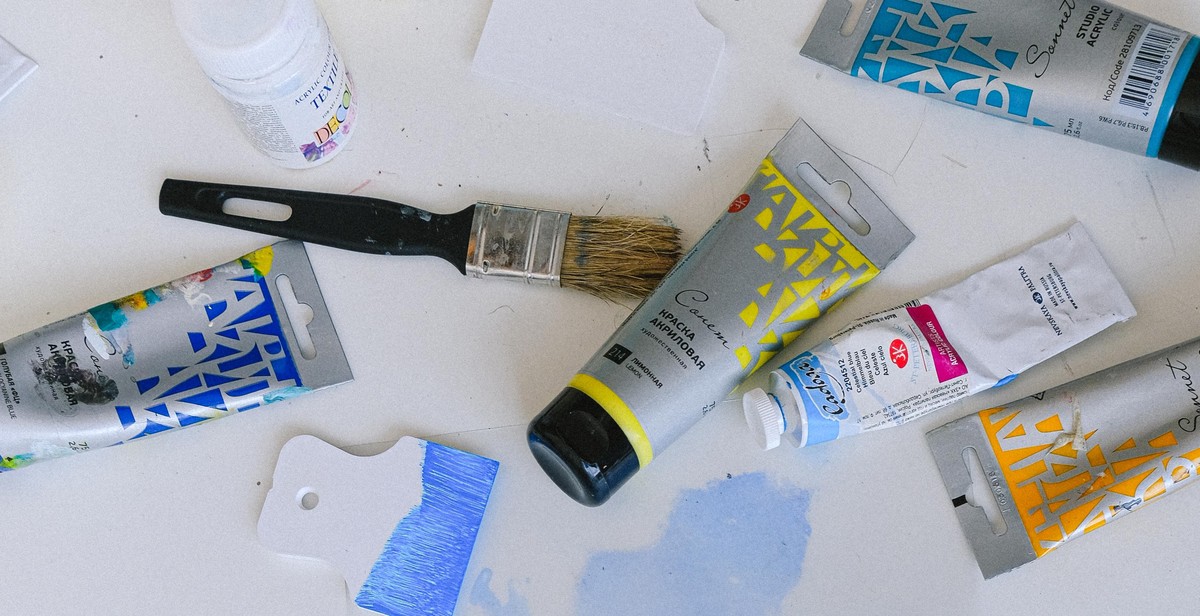
Preparing to Paint
Before you start painting your realistic landscape with watercolor washes, it’s essential to prepare adequately. Here are the three essential steps to follow:
Sketching Your Landscape
Start by sketching your landscape. You can use a pencil or charcoal to create a rough outline of your landscape. This step is crucial as it helps you to visualize the final painting and make any necessary adjustments before you start painting.
Choosing Your Color Palette
Choosing the right color palette is critical to achieving a realistic landscape painting. Consider the mood you want to create and the time of day you want to depict. For instance, if you want to create a peaceful and serene mood, you may want to choose cool colors like blues and greens. On the other hand, if you want to create a dramatic and intense mood, you may want to choose warm colors like reds and oranges.
Mixing Your Watercolor Washes
Once you have your color palette, it’s time to mix your watercolor washes. Watercolor washes are created by diluting watercolor paint with water. The amount of water you use will determine the intensity of the color. It’s essential to mix enough paint to cover the entire area you want to paint. You can mix your watercolor washes in a palette or on a mixing tray.
By following these three essential steps, you will be well on your way to creating a realistic landscape painting with watercolor washes. Now, let’s move on to the next step: applying the washes to your paper.
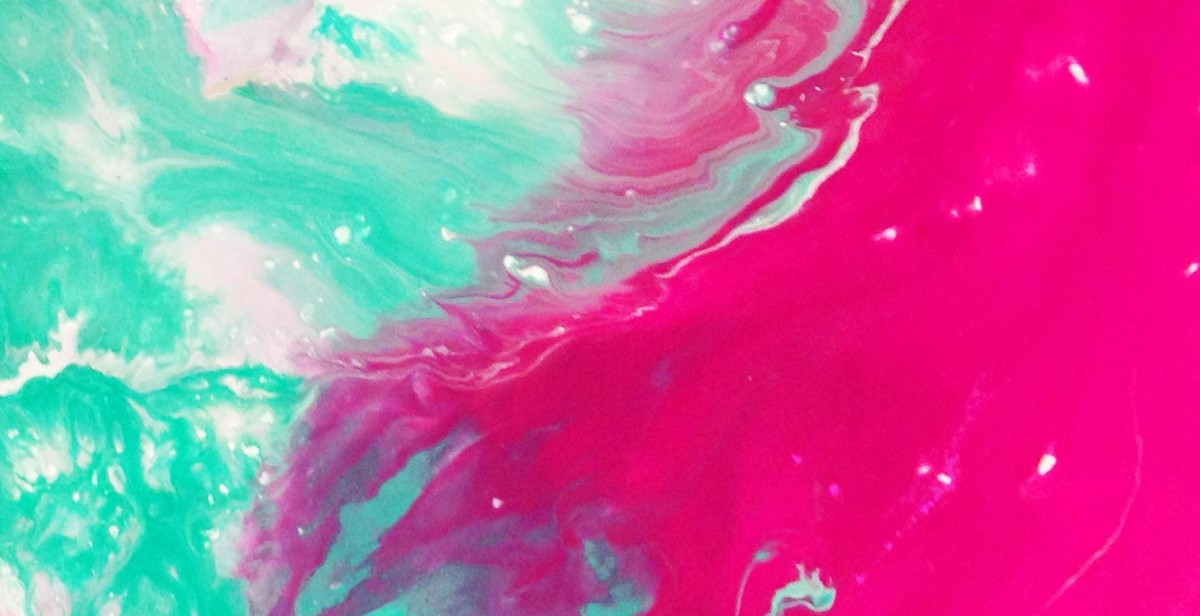
Painting Techniques
There are several painting techniques that can be used to achieve a realistic landscape with watercolor washes. The following are some of the most commonly used techniques:
Wet-on-Wet Technique
The wet-on-wet technique involves applying wet paint onto wet paper. This technique allows the colors to blend together seamlessly, creating a soft and natural look. To achieve this technique, start by wetting the paper with clean water. Then, apply the paint onto the wet surface, allowing the colors to blend together. This technique is ideal for creating a soft sky or a misty landscape.
Dry Brush Technique
The dry brush technique involves using a dry brush to apply paint onto dry paper. This technique creates a rough texture, ideal for creating the look of rocks or tree bark. To achieve this technique, load a dry brush with paint and apply it onto the dry paper. The texture of the paper will create a rough and uneven look, perfect for creating a natural landscape.
Layering Technique
The layering technique involves building up layers of color to create depth and dimension. This technique allows the artist to create a realistic landscape with multiple layers of colors. To achieve this technique, start by applying a light wash of color onto the paper. Once the first layer is dry, apply another layer of color, slightly darker than the first layer. Continue layering the colors until the desired depth is achieved. This technique is ideal for creating a realistic landscape with a lot of depth.
By using these painting techniques, you can create a realistic landscape with watercolor washes. Experiment with each technique to find which one works best for your painting.
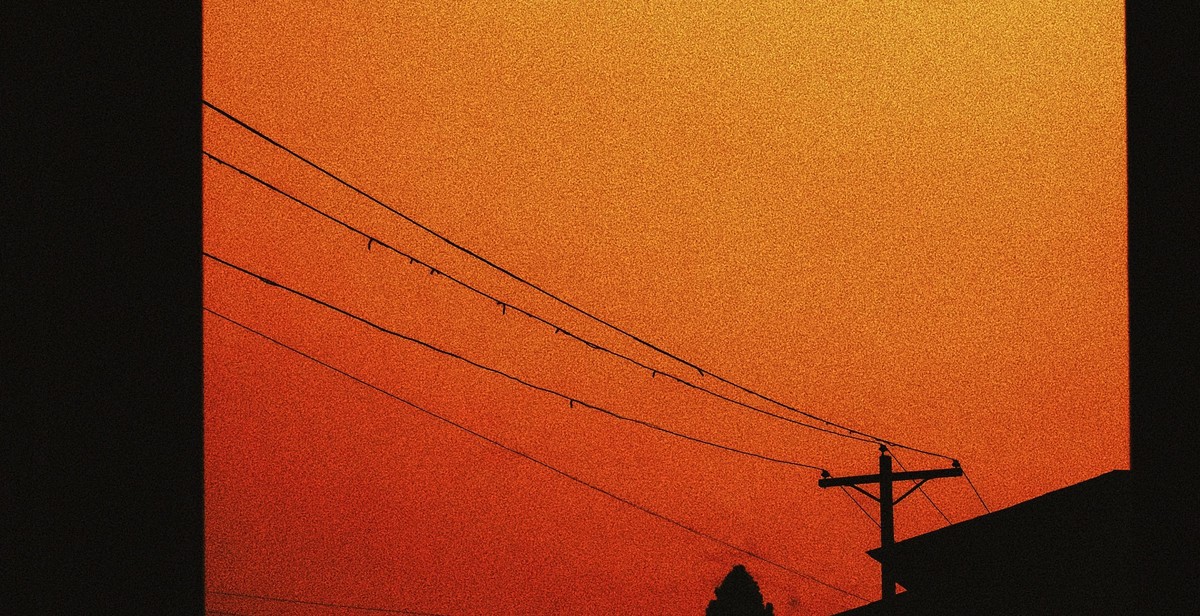
Creating Depth and Texture
One of the key elements in creating a realistic landscape with watercolor washes is adding depth and texture to the painting. This can be achieved by paying close attention to the foreground, middle ground, and background elements of the landscape.
Foreground Elements
The foreground elements of a landscape painting are those that are closest to the viewer. They should be painted with more detail and texture than the other elements in the painting to create a sense of depth. Use darker and more saturated colors in the foreground to make it stand out.
- Paint rocks, grass, or other natural elements in the foreground with a combination of wet-on-wet and wet-on-dry techniques to create texture and depth.
- Use a variety of brush strokes to create texture in the foreground, such as stippling, dry-brushing, and splattering.
- Include details such as leaves, flowers, or other small elements to add interest to the foreground.
Middle Ground Elements
The middle ground elements of a landscape painting are those that are farther away from the viewer than the foreground but closer than the background. They should be painted with less detail and texture than the foreground but more than the background to create a sense of depth.
- Use lighter and less saturated colors in the middle ground to make it appear farther away.
- Include some texture in the middle ground but not as much as in the foreground.
- Use a combination of wet-on-wet and wet-on-dry techniques to create a sense of depth in the middle ground.
Background Elements
The background elements of a landscape painting are those that are farthest away from the viewer. They should be painted with the least amount of detail and texture to create a sense of distance.
- Use light and muted colors in the background to make it appear far away.
- Use a light wash or dry brush technique to create a soft, blurry effect in the background.
- Keep the background simple and avoid adding too much detail or texture.
| Element | Techniques |
|---|---|
| Foreground | Wet-on-wet, wet-on-dry, stippling, dry-brushing, splattering |
| Middle Ground | Wet-on-wet, wet-on-dry |
| Background | Light wash, dry brush |
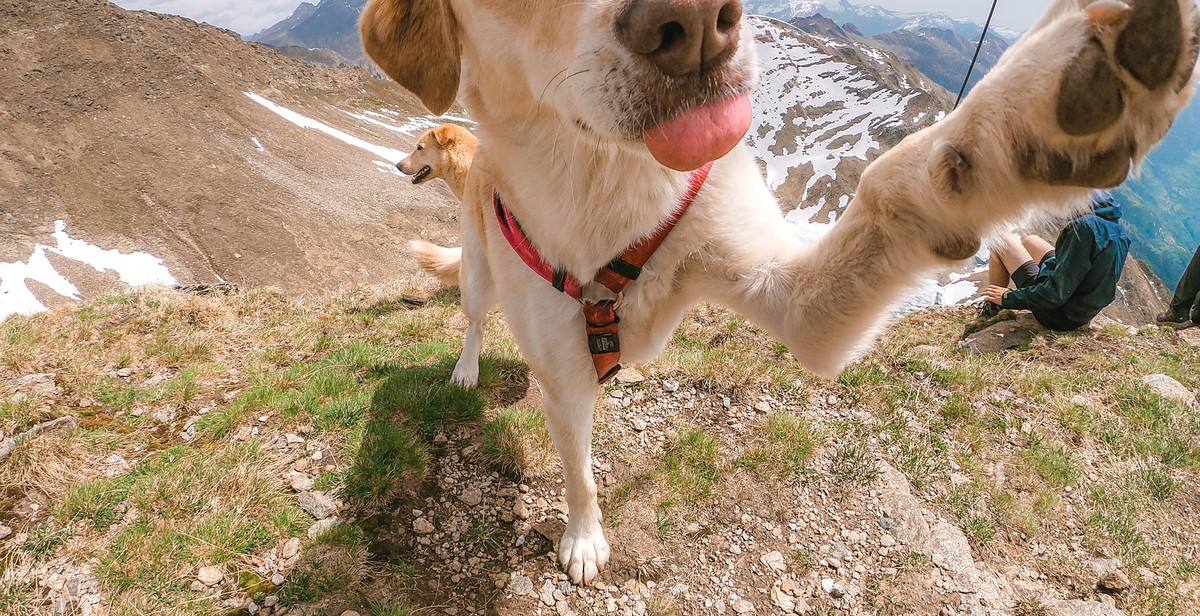
Final Touches
After completing the watercolor washes, it’s time to add the final touches to bring your landscape painting to life.
Adding Details
Using a fine-tipped brush, add details to your painting such as trees, rocks, and foliage. Use a variety of greens to create depth and texture in your vegetation. Add shadows and highlights to create dimension and make your painting more realistic.
Using White Paint
White paint can be used to add highlights and bring out the details in your painting. Use it sparingly and only on areas that need it. A little bit of white paint can go a long way in making your painting pop.
Removing Mistakes
If you make a mistake, don’t worry. It’s easy to fix with watercolor. Simply wet the area and gently lift the paint with a clean brush or paper towel. If the mistake is more severe, you can use a white gouache to cover it up and start again.
Remember, practice makes perfect. Keep experimenting with different techniques and styles to find what works best for you. With patience and dedication, you’ll be able to create beautiful and realistic watercolor landscapes.

Conclusion
Watercolor washes are a great way to create a realistic landscape painting. By following the steps outlined in this article, you can create a beautiful and detailed painting that captures the essence of nature.
Start by choosing the right materials, including high-quality watercolor paints, brushes, and paper. Then, experiment with different wash techniques to create the look and feel you want for your painting. Remember to use light washes to create depth and contrast, and build up your colors gradually to avoid over-saturation.
When it comes to painting landscapes, it’s important to pay attention to the details. Take the time to study your subject, whether it’s a photograph or a real-life scene, and look for the nuances that make it unique. Use a variety of brush strokes and techniques to create texture and depth, and don’t be afraid to experiment with different colors and shades.
Finally, remember that practice makes perfect. Don’t be discouraged if your first attempts at landscape painting aren’t perfect. Keep practicing and experimenting, and you’ll soon develop your own unique style and technique.
- Choose high-quality watercolor materials
- Experiment with different wash techniques
- Pay attention to details
- Practice makes perfect
With these tips in mind, you’re ready to start creating beautiful landscape paintings with watercolor washes. So grab your paints, brushes, and paper, and let your creativity flow!
